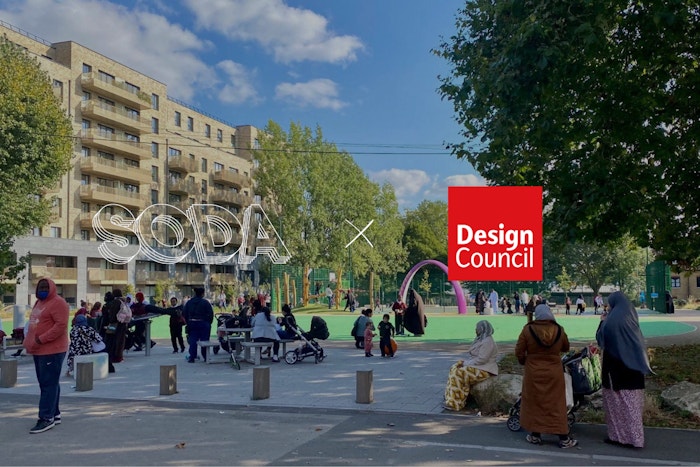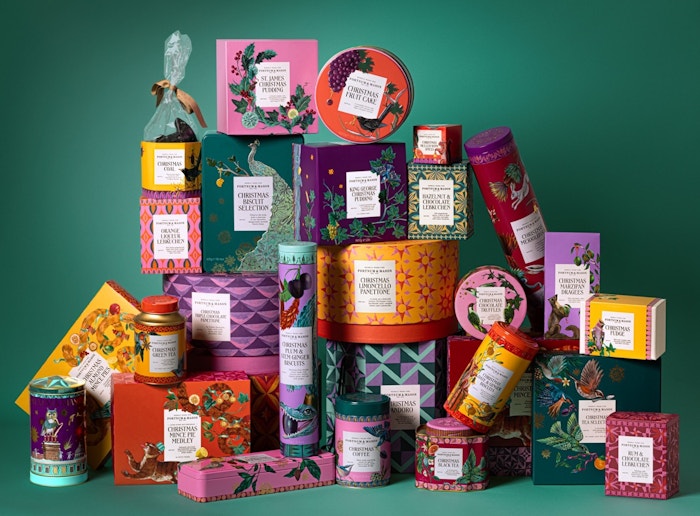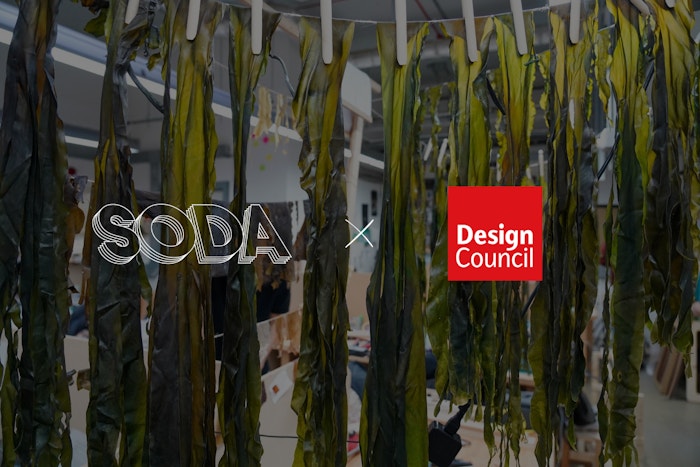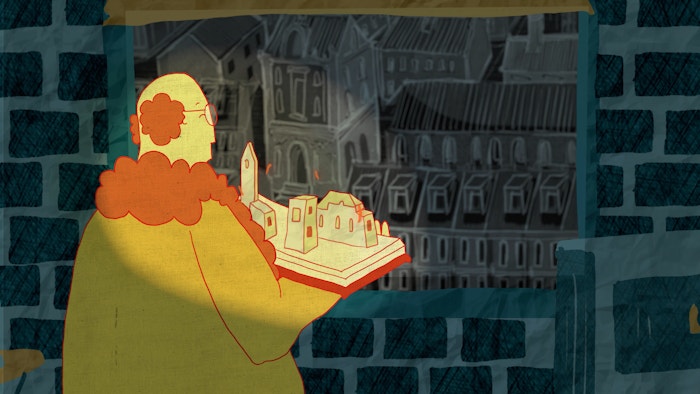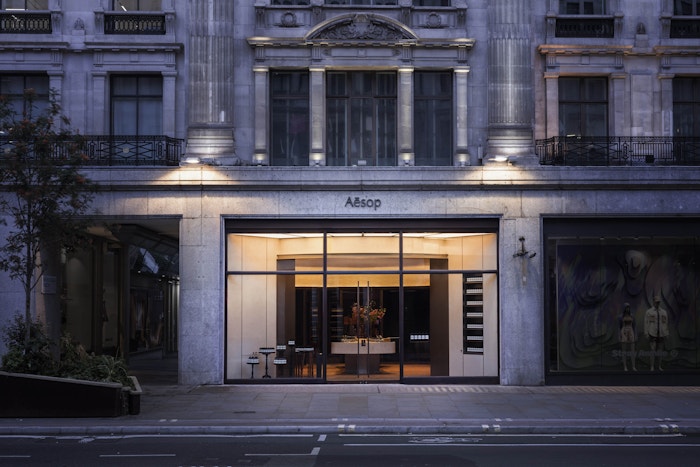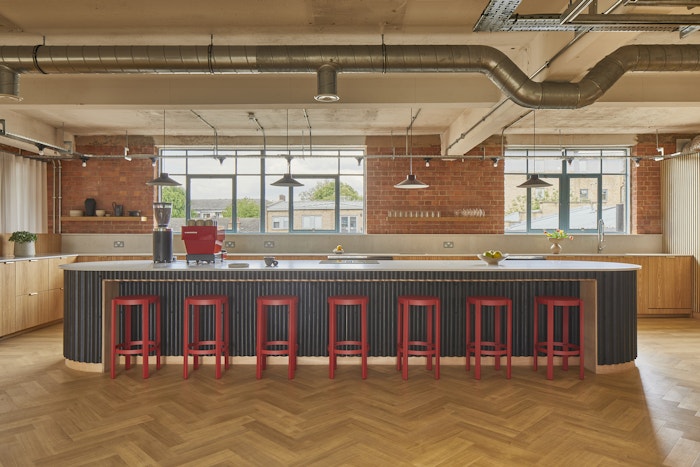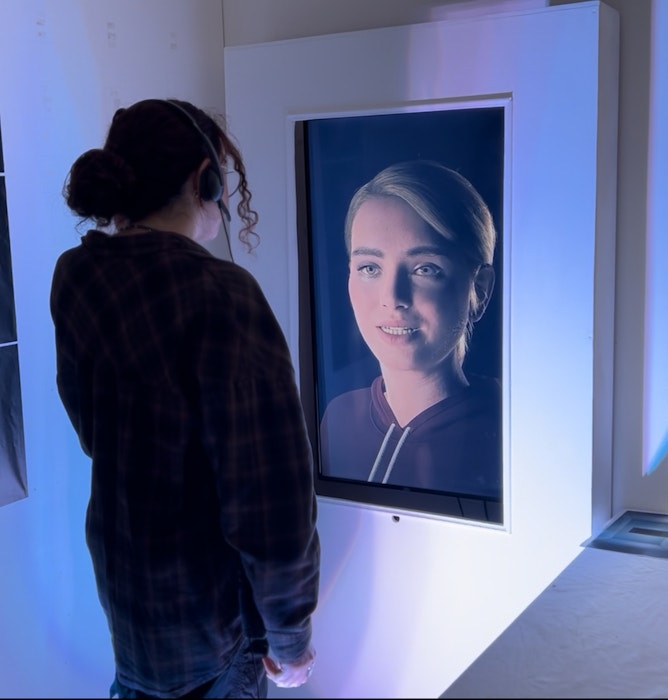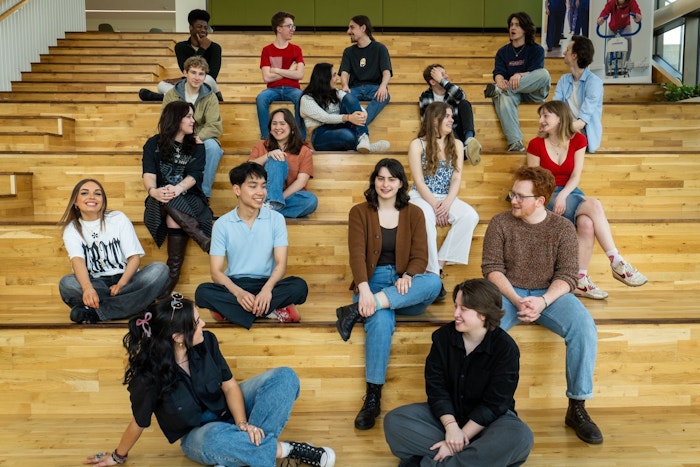
Words by SODA team
13 Aug 2024
Designing out e-waste one kettle at a time
TDC Sustainability & Innovation Design Award winner Gabriel Kay takes us through his exceptional graduate project and explains how the concept of right to repair can be made easier for businesses and consumers.
During last month’s New Designers showcase, a team from TDC PR were invited to judge a student prize, titled the TDC Sustainability & Innovation Design Award. With only two hours to view hundreds of high-quality graduate projects, it seemed almost impossible to choose just one winner but, in the end, there was one that stood a cut above all others.
The TDC team were looking for a project that introduced new methods, ideas, or products that push the boundaries, while demonstrating unique and innovative design concepts that set it apart from standard practices. Sustainability was a top priority for the judges, from the materials used to the considerations for end-of-life or reuse of the product. Another part of the criteria was that the chosen graduate should demonstrate foresight and innovative thinking in anticipating future trends and challenges.
Gabriel Kay, who studied BA Product Design at De Montfort University, was a clear winner and the judges reached a unanimous vote in his favour with his winning design, the Osiris kettle.

Award winner Gabriel Kay and the TDC judging team. Credit: Sam Frost Photography
“Some products have fancy names that just sound interesting or very obvious names,” says Kay, “but Osiris does actually mean something”. The Egyptian god Osiris is depicted as the god of rebirth in ancient history, which indicates the kettle’s design concept of repair and reuse.
Kay also describes Osiris as “a punchy six letter word that works well in marketing”.
The product was created in response to the e-waste crisis, as the jug of their kettle was made to be replaceable, thereby extending the lifespan of the electronics. Notably, the user would only need a screwdriver and their hands to carry out the switch, which is what makes this project especially innovative and well thought through.
Judges commented that “Gabriel's project was a simple breath of fresh air and, apart from matching what we were looking for, he provided an effective targeted solution that could help minimise the current e-waste crisis”.
“E-waste is a growing issue that us as designers have contributed to significantly”
Kay remembers attending a lot of design for manufacturing lecturers during his first and second year of university. He recalls one lecturer in particular who stressed the importance of making sustainable design a standard practice in the future.
“Our lecturer made it extremely clear that e-waste is a growing issue that us as designers have contributed to significantly”, Kay adds, which is why he felt so strongly about tackling this issue through his final project.

When thinking about devices that are replaced frequently, Kay’s first thought went to mobile phones but, since this issue is already being addressed by companies like Nothing and Fairphone, he went down a different route.
In the research phase, he found that small household goods are a massive contributor to e-waste. In fact, small household goods like kettles, toasters and microwaves make up 32% (around 20 billion kilograms) of annual e-waste disposal. It’s safe to say that a very high percentage of households own a kettle, meaning that reducing e-waste from this product alone could have a huge impact globally.
“Modularity still isn’t common market practice”
As well as taking inspiration from his studies, Kay has also been following start-up SURI’s sustainable toothbrush in the news. Since the toothbrush was designed to be modular and repairable, Kay wanted to explore some of these methods himself through his project.
The whole premise of the project was to make repair easy, according to Kay, and although modularity is not a new principle, his research revealed that it hasn’t been done before in kettles. Kay also thinks that “modularity still isn’t common market practice”, noting that there are very few companies doing it on a regular basis.
Not only this, Kay observed that manufacturer repair - which can often be seen as a hassle due to wait time and shipping products back and forth - is more common than user repair. To counter this, he designed Osiris so that the user can fix it from their home with no fuss, as only one part needs to be replaced.

The Osiris Kettle at the model development stage
“Some people wouldn’t consider it repair as it's only swapping one part out, but ultimately that's what repair is,” says Kay.
A huge consideration when designing Osiris was ensuring that the user wouldn’t be overwhelmed with technical-looking parts. As a result, the heating element that would need to be replaced is in an orange casing and you can’t see the electrical components.
Kay says: “I found that bridging the gap between being able to do a process without being intimidated by it meant simply hiding those parts.
!It makes it feel more like maintenance, like removing the dust bag from your vacuum cleaner or changing a battery in a remote.”
An iterative design process
Kay’s design process began with research which was then turned into a Viability Report, before he refined his ideas down to three variations. He describes the first of these iterations as “a beginners view that was quick and simple”, while the second added more depth and featured more modular parts, such as the handle or spouts. For the third and final iteration, Kay says he “went all out and designed the most repairable, customisable product” that he could think of.
After this, he was able to get feedback from his cohort, including those studying BSc Product Design, who were more in tune with the technical side of product design. Of course, due to the modular nature of the product, one of Kay’s main concerns was about safety standards.
“A lot of things are put together without the expectation that you’ll go digging around inside it and warranties are often void if you unscrew something”, he reveals.
Similarly, he wanted the design to be both feasible and aesthetic, and didn’t want to waste time designing something beautiful that couldn’t actually be made.

Subscribe To Our Newsletter
Catch up on all the latest news from State Of Design Affairs right in your inbox.
To work through these barriers, Kay contacted a safety standards engineer at Isle of Man-based technology and electronic manufacturing Strix. Using the CAD model for reference, Kay was able to ask the engineer what issues he could see arising and get some expert advice on the manufacturing side of things.
“It’s good to have the university tutors but they can’t do everything, so you have to go out and collaborate yourself,” says Kay.
Finally, the development phase was a time for refinement. Kay had to give a lot of thought to the mechanism that would be eventually replaced, asking himself how far it should need to be turned to be secure and whether he should design a feature that tells users when it's locked into place.

“We have to find a way to make the right to repair business friendly”
Some big brands, for example Apple, have been trying to offer the right to repair to users, however, they have received backlash for their methods. “I used to work in an Apple store and, if your phone broke, you’d have to take it into the store for their authorised repairers and tools to fix it,” says Kay.
Now, the tech giant sells repair kits retailing at the hefty price of around £200, so people can fix their own products.
Kay says: “The main issue is that repair still can’t be done by the user in most cases, even though about 50 years ago it was common practice for people to try to repair their own things.
“As we’ve gone on as a society, we have more trust in people’s specialisations and technology has gotten more complicated with safety becoming more of an issue.”

The idea of the right to repair also clashes with the ideals of a capitalist world, where businesses are used to selling a certain number of products every year. In Kay’s there has to be a good middle ground for businesses to adopt sustainability.
“We have to consider that businesses won’t like the idea of only selling a product every 10 years.
“They aren’t used to that, so we have to find a way to make the right to repair business friendly.”
Product designers will be the first to admit that people don’t often read instruction manuals, but he thinks that finding a new way to teach people how to repair products for themselves in the future would help this initiative. Not only this, colour coding the modular components and giving users a vague guide could help to improve consumer confidence, according to Kay, who admits that he too used to find the idea of self-repair intimidating.
“I’ve never been technical, until last year on placement at AKW where I met an electrical engineer who loved teaching. It was there that I realised it’s not as scary as it seems to pick up a pair of pliers and try to fix something yourself.”
- New Designers Award Photography by Sam Frost Photography
- Osiris Kettle by Gabriel Kay
- https://www.who.int/news-room/fact-sheets/detail/electronic-waste-(e-waste)#:~:text=Every%20year%20millions%20of%20electrical,disposed%20of%2C%20and%20recycled%20appropriately. - The World Health Organisation on electronic waste
- https://repair.eu/ - More on the Right to Repair EU legislation









